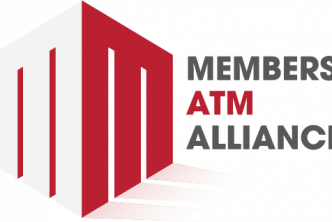Jim Bullard, a risk management senior consultant for CUNA Mutual Group, says risk and lending go hand-in-hand. His column below details his perspective.
While speaking at a recent credit union league conference, I was asked by an attendee, “Are we going to learn how to be risk-free?” I responded, “If our goal is a completely risk-free credit union, then we can turn off the lights and go home.”
Risk is inherent in lending. Because there is risk in lending to members, we earn a premium when a loan is repaid in the form of interest and fees. Therefore, our goal should not be to avoid risk, but to successfully manage it within tolerances established by our Board of Directors.
Historically, lenders have used the five “Cs” of credit to assess risk and approve loans: character, capacity, capital, collateral and condition. However, the complexity of the lending landscape now goes beyond traditional credit risk and requires credit unions to consider the following risk factors:
- Application Fraud – Unfortunately, before we examine the credit worthiness of a loan application, we must now consider the legitimacy of the applicant. Is the application from a fraudster that has compromised someone else’s identity? Is the applicant a real person, or a creation of a synthetic identity using components of several legitimate characteristics?
- Demand for a more virtual delivery channel – The need to attract younger members requires credit unions to meet the prospective member where they are, which is most often at the other end of a mobile device, and not in your branch lobby.
- Increased competition from FinTech lenders – Cutting edge FinTech companies and technological innovation are changing the competitive landscape and forcing traditional lenders to rethink how they deliver products and services.
Considering all the challenges and the complexity of the lending landscape, there has never been a better time for credit unions to begin the strategic discussion to help them thrive in the current environment. Consider the following competitive advantages when developing long-term goals for your lending program:
- Technology can work for you, not only against you. Increasingly, credit unions are partnering with companies that provide the technical expertise to accomplish transaction security, allowing lenders to focus on what they do best – take care of members.
- The credit union movement’s cooperative philosophy where each member has a vote aligns perfectly with the millennial generation’s desire to partner with ethical companies where they feel they have a voice and can impact the future of their financial institution. The credit union message will resonate with millennials once we consistently figure out how to reach them.
- After growing too quickly and experiencing credit losses, FinTech lenders recently raised their approval criteria to require higher credit scores. This gives credit unions an opportunity to regain market share and grow their member base. Credit unions are much more qualified to assess the total credit risk in the relationship than a transactional, online lender.
Navigating the lending landscape is challenging. This list only scratches the surface of how complex the lending landscape has become in recent years. Regulatory compliance, expansion into commercial lending, and vendor due diligence are also important considerations for a successful lending program. Start by identifying who you are as an organization and capitalize on your strategic advantages. But, don’t forget about those five “Cs” of credit.





